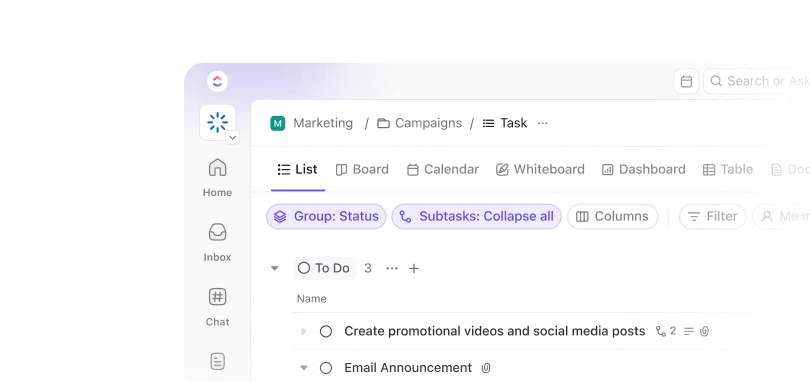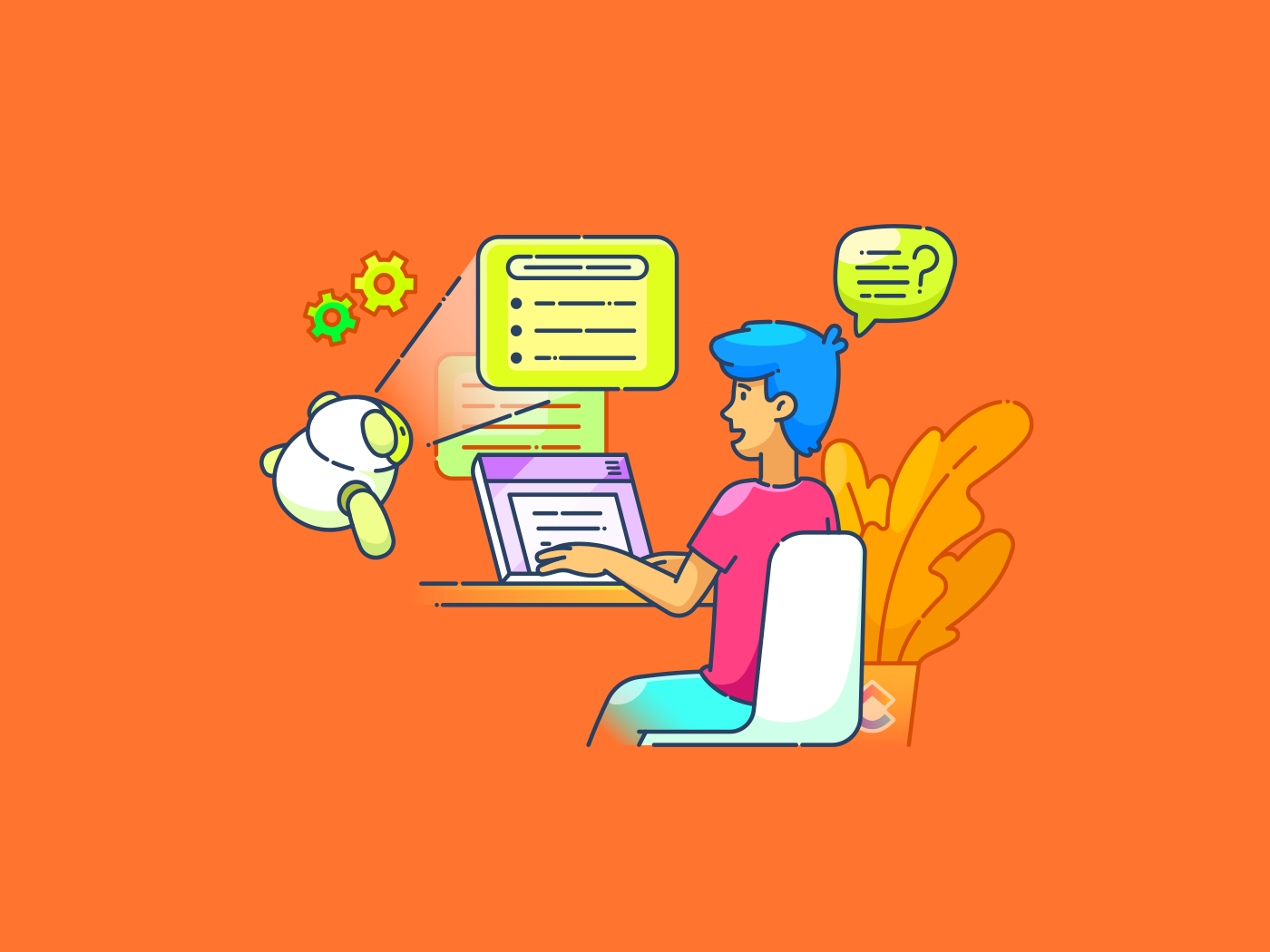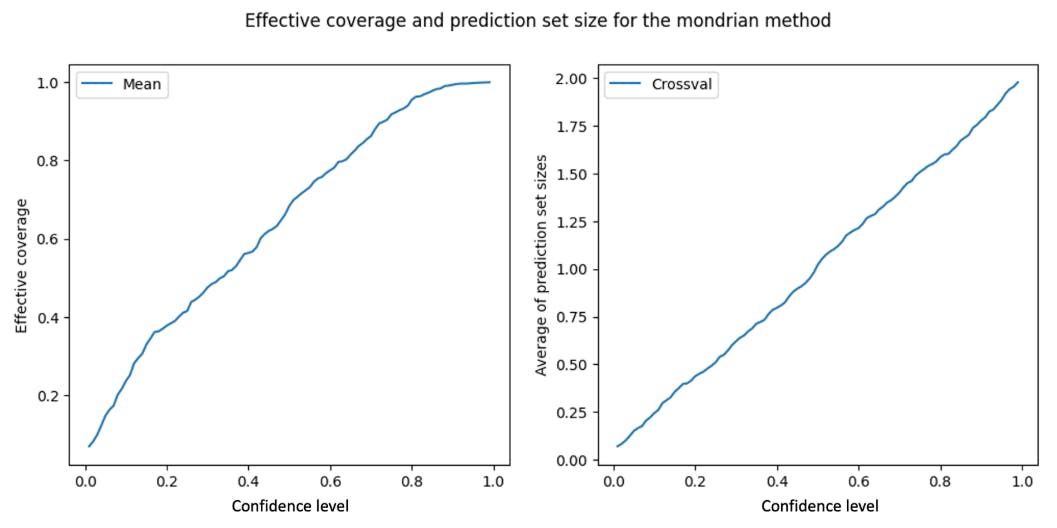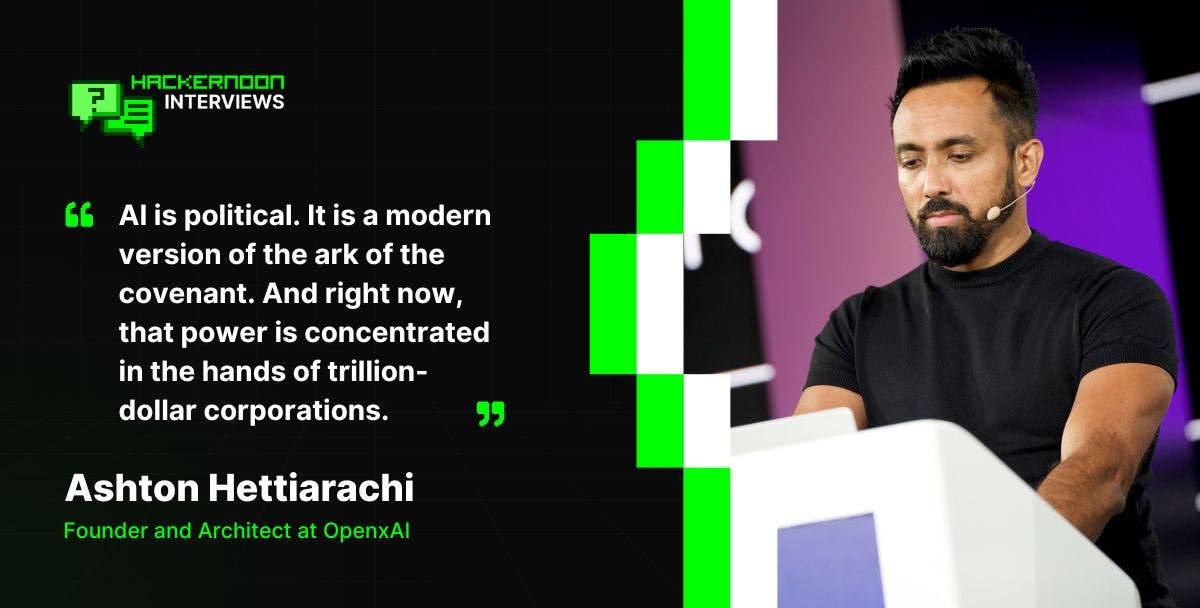Key Takeaways
- Generative AI creates original content from large dataset patterns.
- Companies achieve 10-15% savings through AI-driven automation.
- Customer service AI adoption could cut $80 billion costs.
- Generative AI transforms software, marketing, research, and product design.
What Is Generative AI?
Generative AI uses machine-learning and deep-learning algorithms to produce new content from patterns in large datasets.
Unlike discriminative AI that classifies existing data, generative models synthesize fresh text, images, code, and multimedia content that resembles training patterns while remaining original.
The technology evolved from early neural networks like the perceptron in 1957 and chatbots such as ELIZA in 1961.
High-quality generation became viable after Generative Adversarial Networks emerged in 2014, followed by transformer-based large language models that combine billions of parameters to produce coherent, contextually relevant output.
McKinsey estimates generative AI could add $2.6 to $4.4 trillion to the global economy.
Related: The differences between AI and generative AI
Why It Matters
Generative AI delivers measurable efficiency gains that directly impact operational costs and competitive positioning.
Organizations using the technology report 10 to 15 percent savings in research and development expenses, while software teams automate 20 to 45 percent of engineering tasks.
Customer service improvements prove especially compelling. Gartner predicts that by 2026, 50 percent of customer-service organizations will adopt generative AI, potentially reducing contact-center labor costs by $80 billion.
Early adopters like Klarna demonstrate this potential, with their AI agent handling the workload of 700 human agents across 23 markets.
These efficiency gains compound across departments, enabling teams to redirect effort toward high-value strategic work while maintaining or improving service quality.
Common Business Use Cases of Generative AI
Modern enterprises deploy generative AI across five primary areas that demonstrate clear return on investment and operational improvement:
- Customer support
- Content creation
- Software development
- Process optimization
- Product design
Each brings a huge amount of efficiency that was not possible before generative AI.
1. Customer Support
Customer support is one of the industries in which generative AI is being adopted. AI-powered agents handle ticket classification, multilingual responses, and self-service guidance while maintaining 24/7 availability.
Take Klarna’s implementation, for example. It delivers round-the-clock assistance equivalent to 700 human agents, reducing resolution times and operational overhead.
On the other hand, KUKA’s Empolis Buddy virtual assistant showcases an industrial applications, drawing from technical manuals and standard operating procedures to provide immediate answers about manufacturing products.
Built on Amazon Bedrock, the system eliminates delays typically associated with complex product inquiries.
2. Content Creation
Content creation is another popular business application of generative AI.
Marketing teams leverage LLMs to generate social media posts, email campaigns, and blog content that scales personalization efforts.
This acceleration allows marketing teams to test more creative variations, respond faster to market changes, and maintain consistent brand voice across channels without proportional headcount increases.
NC Fusion cut email drafting time from 60 minutes to 10 minutes after adopting Microsoft Copilot, enabling a threefold increase in campaign engagement.
3. Software Development
Over time, the software development industry has also been heavily disrupted by generative AI, a trend which we don’t see slowing down any time soon.
Coding assistants generate functions, suggest refactorings, and create documentation. The technology handles repetitive coding patterns while developers focus on architecture and complex problem-solving.
And the efficiency gains are obvious. Stack Overflow reported that 81 percent of developers experience increased productivity by using AI tools.
4. Process Optimization
But the business use cases of generative AI are not only related to the creative fields – they are being applied to operations and process optimization as well.
Document processing and workflow analysis are two of the largest use cases that benefit from AI’s pattern recognition capabilities.
This improvement eliminates manual review bottlenecks while maintaining compliance accuracy, demonstrating how AI transforms labor-intensive administrative processes.
A great case study of this in action is Covered California’s health-insurance marketplace. The organization automated eligibility-document verification using Google Cloud Document AI, raising verification rates from 28 to 30 percent up to 84 percent, with expectations to exceed 95 percent.
5. Product Design
Lastly, we’re seeing a widespread application of generative AI in product design. Generative models can greatly accelerate prototyping and feasibility studies across industries.
Evozyne and NVIDIA’s ProT-VAE generates millions of protein sequences in seconds, compressing months-long research cycles into weeks while enabling researchers to modify over half of a protein’s amino acids in single iterations.
Materials science firm GenMat uses generative models to simulate new material properties, shortening feasibility assessments and guiding research investments without extensive laboratory testing.
These applications show how generative AI moves beyond simple automation to enable new approaches to innovation and discovery.
Future Business Applications of Generative AI
The next two to five years will likely see generative AI become embedded in standard business operations, with advancement focused on specialized applications and improved governance.
Key trends shaping the landscape include rapid enterprise adoption, with Gartner predicting over 100 million people using generative AI for work by 2026.
Agentic AI systems capable of executing multi-step tasks will become more common, offering early adopters significant competitive advantages through higher ROI and operational efficiency.
Regulatory frameworks will continue tightening, with the EU AI Act’s high-risk system requirements taking effect in August 2026. Other jurisdictions will likely implement similar oversight mechanisms, requiring organizations to develop robust governance capabilities.
The workforce implications remain significant, with studies suggesting generative AI could automate 20 to 45 percent of software development tasks and potentially transform 40 percent of all jobs. Successful organizations will emphasize upskilling and human-AI collaboration rather than simple replacement strategies.
These developments point toward a business environment where AI proficiency becomes a competitive requirement rather than an optional advantage.
Calculating the Business Impact & ROI of Generative AI
Understanding generative AI’s financial impact requires examining both direct cost savings and productivity multipliers across different organizational functions.
Organizations measure ROI through several key metrics:
- Labor Cost Reduction: Automating routine tasks frees employees for higher-value work
- Time-to-Market Acceleration: Faster content creation and prototyping cycles
- Quality Consistency: Reduced errors and standardized outputs
- Scale Economics: Handling increased volume without proportional resource growth
- Customer Satisfaction: Improved response times and service availability
Google Cloud’s 2025 study found that 52 percent of executives use AI agents, with 74 percent achieving ROI within the first year. Revenue gains of 6 to 10 percent appear in 53 percent of implementations, while 56 percent report overall business growth.
However, quantifying ROI remains challenging. Despite expectations of $3.50 return for every dollar invested, 60 percent of CFOs and CTOs struggle to measure generative AI’s specific contribution to business outcomes, highlighting the gap between perceived value and documented returns.
Avoiding the Challenges of Generative AI
Despite proven benefits, generative AI implementations face technical, ethical, and operational challenges that require careful management and realistic expectations.
Common implementation challenges include:
- Hallucination Management: Models occasionally produce factually incorrect or nonsensical outputs requiring human verification
- Bias Amplification: Training data biases can perpetuate discriminatory patterns in business applications
- Data Privacy: Processing sensitive information raises compliance and security concerns
- Integration Complexity: Existing workflows may require significant modification to incorporate AI effectively
- Skill Gaps: Teams need training to evaluate outputs and maintain human-in-the-loop oversight
The NIST AI Risk Management Framework identifies risk dimensions across AI lifecycle stages, emphasizing that generative AI can magnify existing AI risks while creating unforeseen vulnerabilities.
Organizations often lack visibility into training data composition, making it difficult to predict or prevent problematic outputs.
A persistent misconception suggests that generative AI will completely replace human workers. In reality, the technology excels at automating routine tasks while struggling with ethical dilemmas, strategic decisions, and complex cause-and-effect reasoning that require human judgment and oversight.
Success requires starting with narrow use cases, rigorously evaluating outputs, and maintaining human oversight for high-stakes decisions.
Frequently Asked Questions
Initial costs vary widely based on use case complexity and integration requirements. Most successful deployments start with pilot programs requiring modest investment, then scale based on demonstrated value.
Expecting immediate, transformative results without proper planning. Successful implementations begin with narrow use cases, establish evaluation criteria, and gradually expand scope.
Customer service, software development, marketing, and research-intensive sectors show the clearest benefits. However, specific applications matter more than industry category.

Everything you need to stay organized and get work done.













